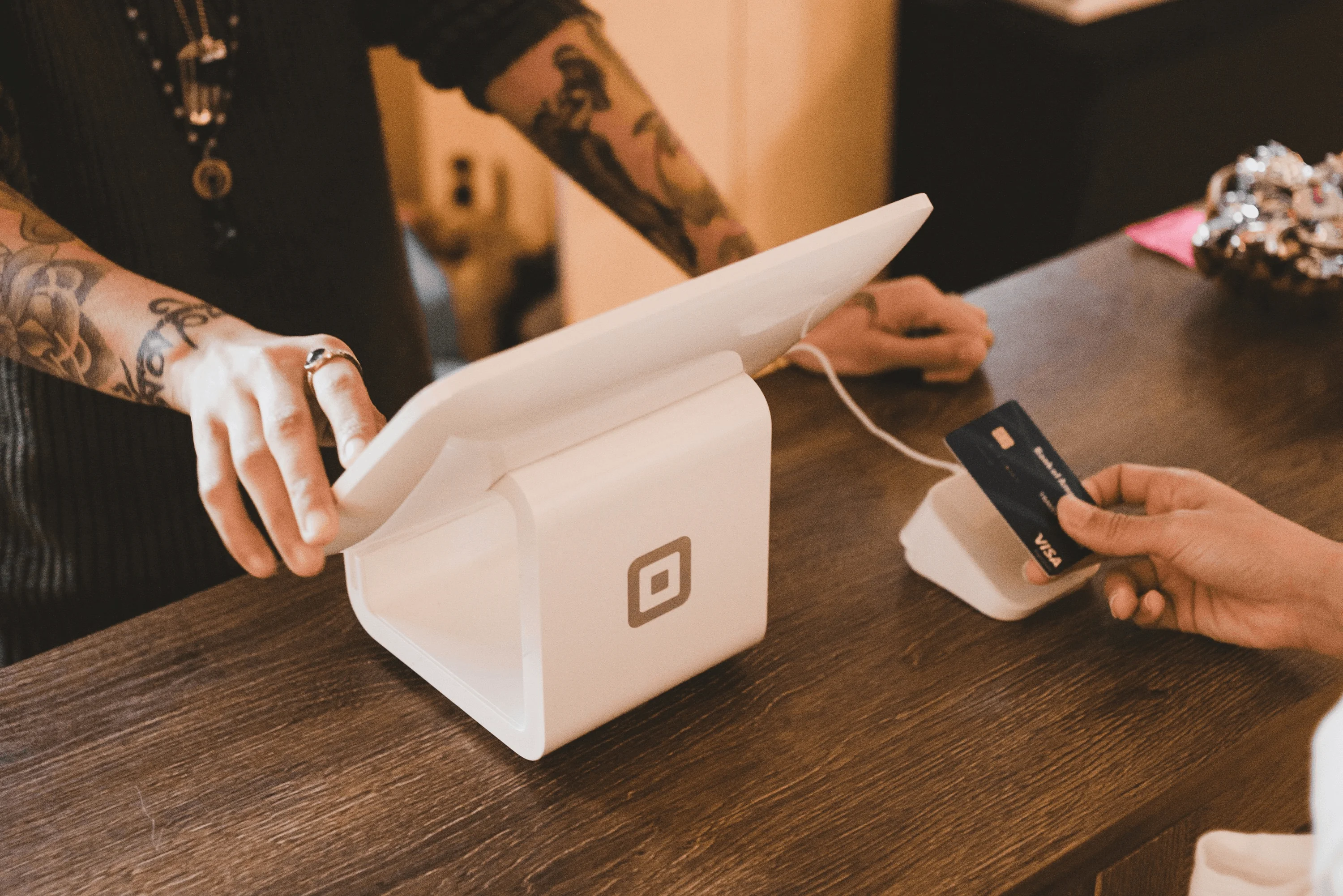
How to Choose & Use a Secured CardEffectively: A Guide to Building Credit
Discover how secured credit cards work and the best strategies to use them for building or rebuilding your credit history.
What is a Secured Credit Card?
A secured credit card works almost exactly like a regular credit card for making purchases. The key difference is that you provide a refundable cash deposit (typically $200 - $500, sometimes more) when you open the account. This deposit usually equals your credit limit and serves as collateral for the lender, reducing their risk.
Because the lender's risk is low, secured cards are accessible even if you've been denied for other cards. Most importantly, issuers report your payment history activity to the major credit bureaus (Experian, Equifax, TransUnion), allowing you to build a positive payment history.
Choosing the Right Secured Card
Not all secured cards are created equal. Consider these factors:
- Reports to All 3 Bureaus: This is crucial! Ensure the card issuer reports your payment history to Experian, Equifax, AND TransUnion. Most major issuers do, but always verify.
- Annual Fee: Aim for a card with no annual fee or a very low one. High fees eat into the benefit of building credit.
- Interest Rate (APR): Secured cards often have high APRs. While you should *always* aim to pay your balance in full each month to avoid interest, compare rates just in case you carry a balance occasionally.
- Required Deposit & Credit Limit: Understand the minimum (and maximum) deposit required. Your credit limit will usually match your deposit. Some cards allow higher limits with larger deposits.
- Path to Unsecured Card / Deposit Refund: Does the issuer review your account periodically (e.g., after 6-12 months) for potential "graduation" to an unsecured card and a refund of your deposit? This is a valuable feature.
- Other Fees: Check for fees like late payment fees, over-limit fees (though less common if limit equals deposit), or foreign transaction fees.
- Rewards/Perks (Less Common): Some secured cards offer minimal rewards (like cash back), but this shouldn't be the primary deciding factor. Focus on credit building features first.
Tip: Reputable issuers like Discover, Capital One, and some major banks offer competitive secured cards. You can often find comparison lists on financial websites (consider adding affiliate links here if applicable).
Using Your Secured Card Wisely for Maximum Impact
Getting the card is just the first step. How you use it determines its effectiveness for credit building:
- Make Small, Regular Purchases: Use the card for small, planned expenses you can easily afford (like gas, coffee, or a streaming subscription). This shows activity.
- Pay On Time, Every Time: This is the MOST important rule. Payment history is the biggest factor in your credit score. Even one late payment can significantly hurt your progress. Set up payment reminders or auto-pay for the minimum amount (but aim to pay more).
- Pay the Balance in Full Monthly: To avoid high interest charges, pay your statement balance in full by the due date whenever possible.
- Keep Utilization Low: Don't max out the card! Aim to keep your reported statement balance below 30% of your credit limit, and ideally below 10%. For example, on a $200 limit card, try to have a statement balance under $60, or even better, under $20. (See our guide on Credit Utilization).
- Monitor Your Credit Reports: Check your reports periodically (using AnnualCreditReport.com or a monitoring service) to ensure the secured card activity is being reported correctly and to track your score progress.
- Be Patient: Building good credit takes time. Consistent positive behavior over 6-12 months or more is usually needed to see significant score improvements and potentially graduate to an unsecured card.
Ready to Build Credit?
A secured credit card, used responsibly, is one of the best ways to establish or rebuild your credit history. Compare offers from reputable issuers and start your journey today.
Remember to also explore other credit-building tools and continue learning about managing your finances effectively. Check out our main Guides page for more resources.